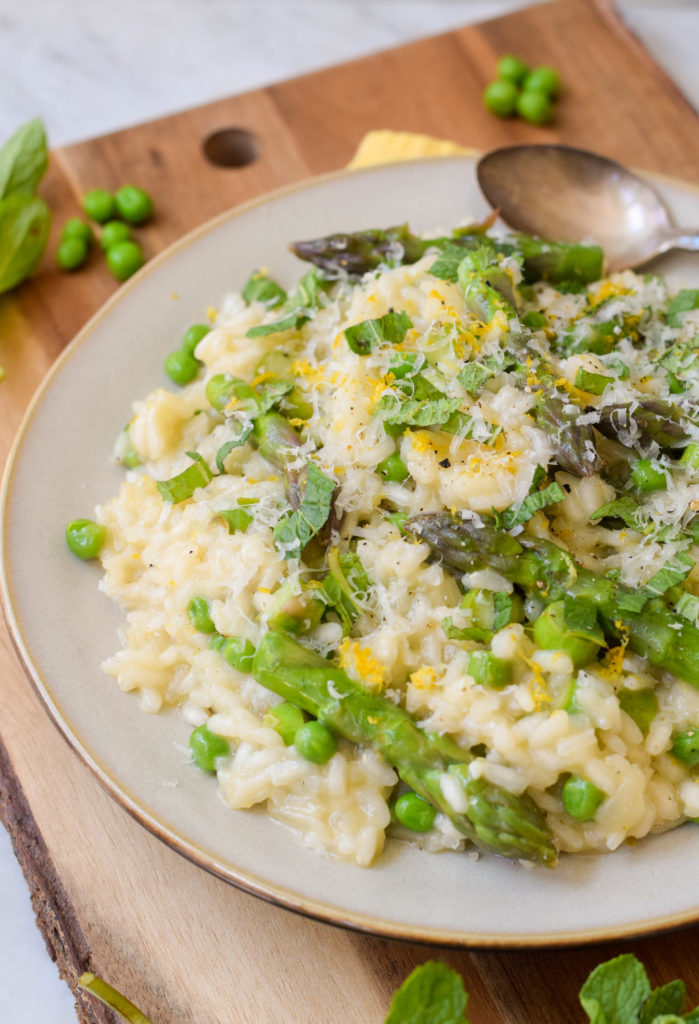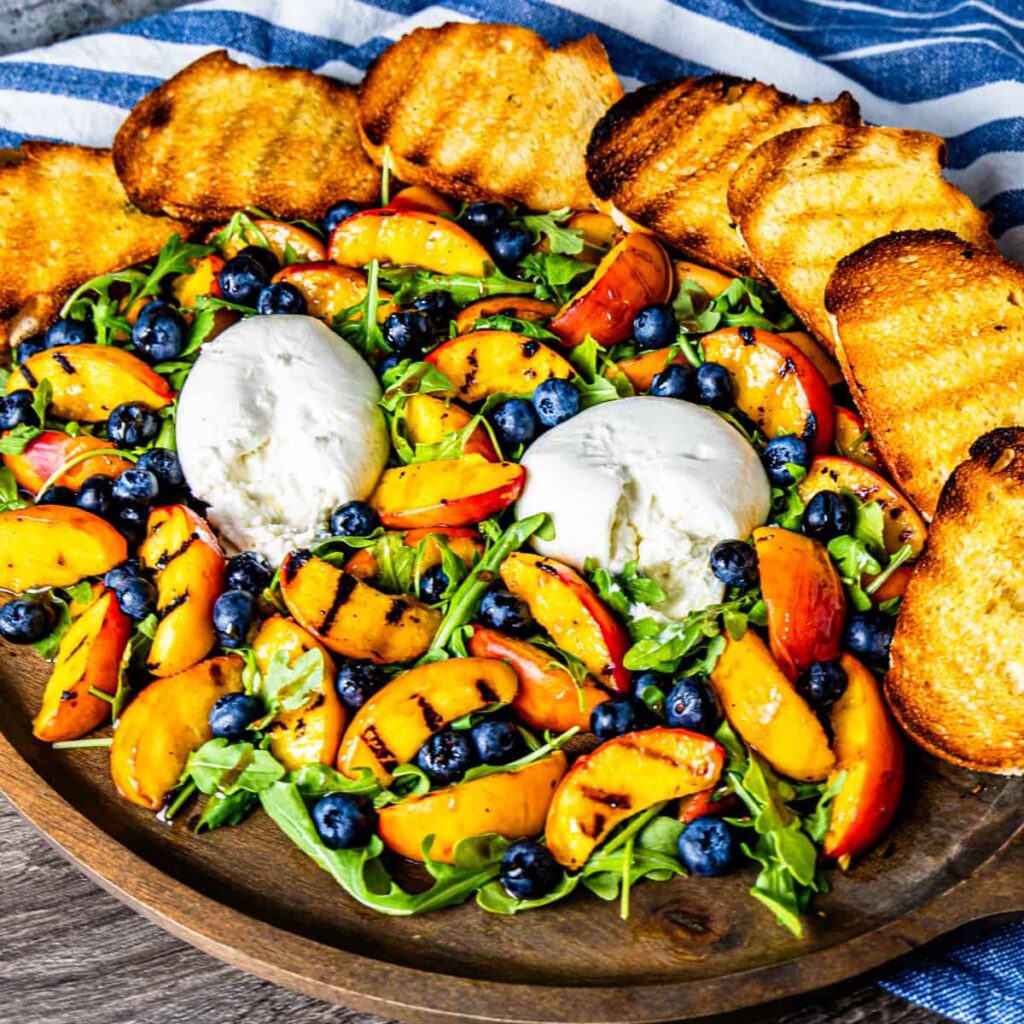Seasonal and Holiday Cooking is one of the best ways to embrace fresh ingredients, connect with nature, and enjoy vibrant flavors throughout the year. Whether it’s a hearty winter stew or a refreshing summer salad, seasonal cooking ensures you use ingredients at their peak, both in flavor and nutritional value. In this post, will explore how to create delightful dishes for each season and share holiday-specific ideas to make your celebrations unforgettable.
Spring: Fresh and Light Delights
Spring is a time of renewal, and the first tender vegetables and greens start to appear. Think crisp asparagus, sweet peas, and juicy strawberries.
Recipe Ideas:
- Asparagus and Pea Risotto:
A creamy risotto featuring fresh asparagus and sweet peas, topped with lemon zest for a bright finish.

- Strawberry Spinach Salad with Balsamic Glaze:
Fresh spinach, sweet strawberries, candied pecans, and crumbled goat cheese drizzled with a tangy balsamic glaze.

Tip: Use herbs like mint and basil to add fresh, vibrant flavors to your dishes.
Summer: Bold and Bright Flavors
Summer is the season of grilling, fresh salads, and juicy fruits. It’s all about quick, light, and refreshing meals that keep you cool.
Recipe Ideas:
- Grilled Peach and Burrata Salad:
Juicy grilled peaches paired with creamy burrata, fresh basil, and a drizzle of honey-balsamic glaze.

- Classic BBQ Ribs with Homemade Sauce:
Slow-cooked ribs slathered in a tangy, smoky barbecue sauce, perfect for summer cookouts.

Tip: Make the most of summer’s bounty by incorporating watermelon, cucumbers, and tomatoes into your meals.
Fall: Comforting and Hearty Dishes
As the leaves change, so does our craving for warm, comforting meals. Fall is the perfect time to cook with pumpkins, apples, and squash.
Recipe Ideas:
- Butternut Squash Soup with Sage and Brown Butter:
A velvety soup with roasted butternut squash, caramelized onions, and crispy sage leaves.

- Apple Cider Braised Pork Chops:
Juicy pork chops braised in apple cider with caramelized onions and thyme for a true taste of fall.

Tip: Use spices like cinnamon, nutmeg, and cloves to add warmth to both savory and sweet dishes.
Winter: Rich and Warming Comfort Food
Winter calls for hearty, rich meals that warm you from the inside out. It’s the season for stews, roasts, and decadent holiday treats.
Recipe Ideas:
- Beef Bourguignon:
A classic French stew made with tender beef, red wine, mushrooms, and pearl onions—perfect for cold nights.

- Gingerbread Cookies with Royal Icing:
Spiced gingerbread cookies decorated with royal icing make a festive and delicious winter treat.

Tip: Incorporate root vegetables like carrots, parsnips, and potatoes for hearty, satisfying meals.
Holiday Cooking: Celebrate in Style
- Thanksgiving Feast:
- Unique Side Dish: Roasted Brussels Sprouts with Cranberries and Pecans
- Dessert Highlight: Pumpkin Cheesecake with Gingersnap Crust
- Christmas Baking:
- Cookies: Classic Sugar Cookies Decorated with Royal Icing
- Treats: Peppermint Bark with Dark and White Chocolate Layers
- New Year’s Eve:
- Appetizer: Mini Crab Cakes with Lemon Aioli
- Cocktail: Sparkling Pomegranate Prosecco
Final Tips for Seasonal and Holiday Cooking Success
- Shop Local: Visit farmers’ markets to find fresh, seasonal produce and support local farmers.
- Use Seasonal Spices: Different spices and herbs peak in different seasons. Adjust your seasoning to suit the time of year.
- Preserve the Season: Make jams, pickles, or frozen purees to enjoy seasonal flavors all year.
Seasonal and Holiday Cooking not only enhances the flavor of your dishes but also brings a sense of joy and connection to nature. Embrace the changing seasons and let your kitchen reflect the beauty of the world around you.
Enjoy the flavors of each season and bring a little extra joy to your table all year long! Seasonal and Holiday Cooking is a great way to enjoy fresh ingredients and celebrate nature’s changing bounty.
FAQs:
1. Why should I cook with seasonal ingredients?
Seasonal ingredients are fresher, more flavorful, and often more affordable. They’re harvested at their peak, making your dishes taste better while supporting local farmers.
2. How can I find seasonal ingredients?
Visit local farmers’ markets or look for seasonal produce sections in grocery stores. You can also check online seasonal produce guides to know what’s in season in your area.
3. Can I substitute seasonal ingredients in recipes?
Yes! Seasonal cooking is flexible. If a recipe calls for an out-of-season ingredient, swap it for something fresh. For example, use butternut squash instead of pumpkin in fall, or spinach instead of kale in spring.
